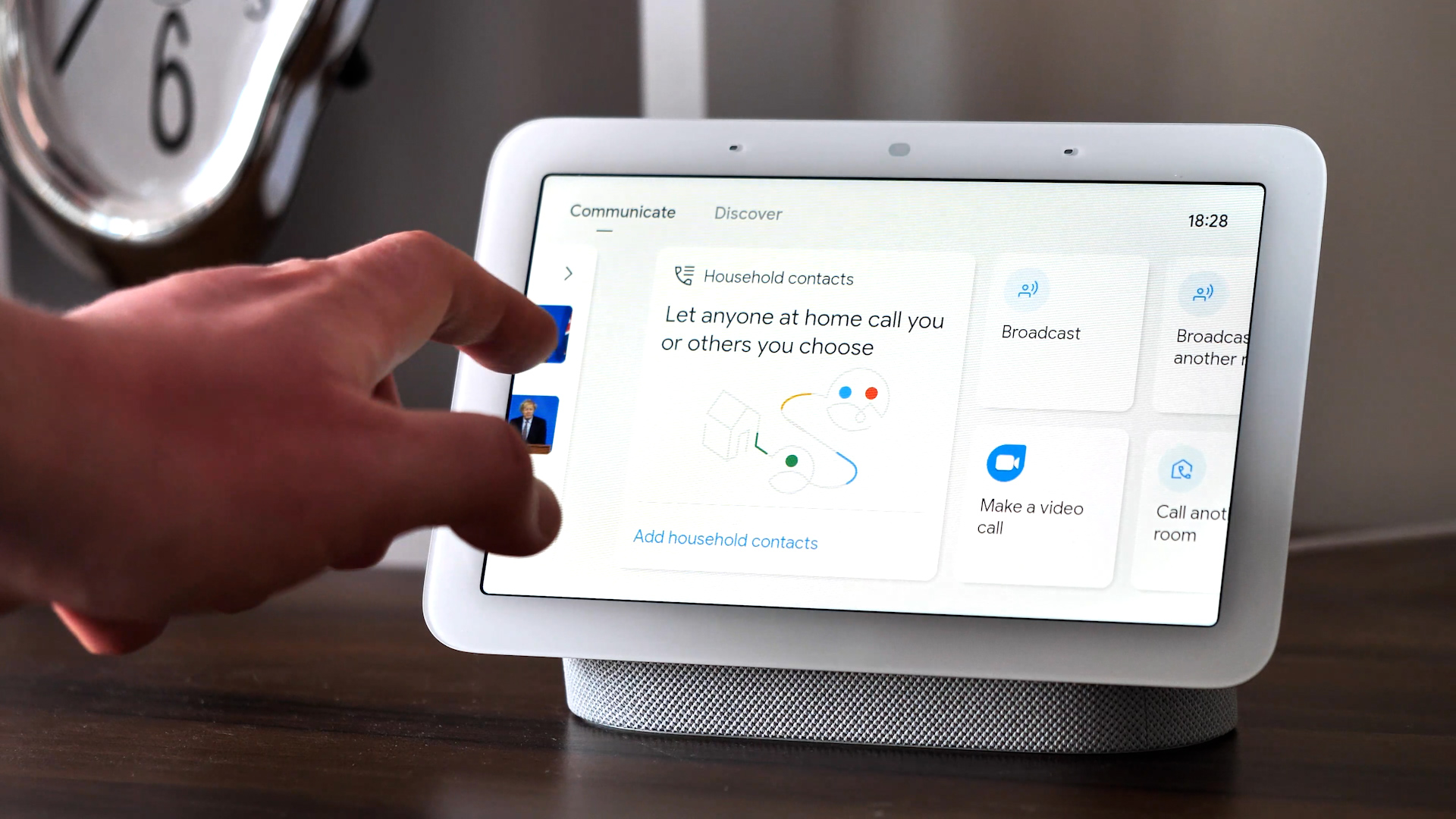This free Google Home upgrade knows where you are – and that’s good
You no longer need a Nest thermostat for Google Home to detect your presence


One of the smartest features of the Google Nest Thermostat is its motion detection, which enables your smart home to react to whether or not you're home – for example so it won't heat an empty house. But a brand new update to Google's Nest devices means you can get very similar features without having to have that particular bit of hardware – so if you have or plan to get Google Nest speakers or smart displays you'll have presence detection too.
The feature was announced on the official Made By Google Twitter account, and it's in stacks of Nest devices: the full list is online here.
The Nest devices that know where you are
Presence sensing is handled in different ways by different devices, so for example the Nest Guard has a motion sensor, the Nest Hub (2nd Gen) has a Soli sensor (a miniature radar) while the Next x Yale lock has an optical sensor that can detect whether the bolt is open or closed. But the most interesting devices are the Google Nest speaker and Google Nest display, which can detect whether you're there because of their touch and audio sensors.
Detecting your presence because you talk to or touch a device doesn't sound very radical, but it's important because it can be used to trigger additional features: clearly if you're talking to your Google Nest speaker, you're home and that could then be used to call additional smart home settings such as turning the light on or turning the heating up. It's not so much the sensing that's important here but the fact that it can set off a chain of useful actions.
If you're worried about privacy implications, the feature is strictly opt-in: you can enable the feature or turn it off again in the Google Home app on Android or iOS.
Get all the latest news, reviews, deals and buying guides on gorgeous tech, home and active products from the T3 experts
Writer, musician and broadcaster Carrie Marshall has been covering technology since 1998 and is particularly interested in how tech can help us live our best lives. Her CV is a who’s who of magazines, newspapers, websites and radio programmes ranging from T3, Techradar and MacFormat to the BBC, Sunday Post and People’s Friend. Carrie has written more than a dozen books, ghost-wrote two more and co-wrote seven more books and a Radio 2 documentary series; her memoir, Carrie Kills A Man, was shortlisted for the British Book Awards. When she’s not scribbling, Carrie is the singer in Glaswegian rock band Unquiet Mind (unquietmindmusic).
